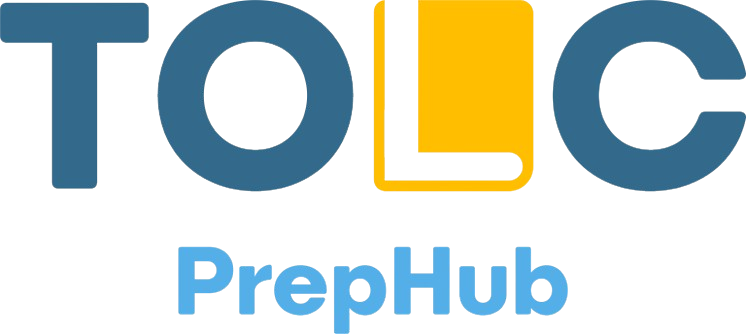Insights from Reviewing Erasmus Mundus DENSYS Applications: A Guide for Future Applicants
Erasmus Mundus is one of the most prestigious master’s scholarship programs in Europe, attracting thousands of applicants from around the world each year. Among these programs, there is a unique one called DENSYS (Decentralised Smart Energy Systems), run collaboratively by four European universities: Politecnico di Torino (Italy), KTH (Sweden), Universitat Politècnica de Catalunya (Spain), and Université de Lorraine (France). The program offers education and research opportunities in key areas like smart energy systems, renewable energy integration, and energy storage. Those selected receive a full scholarship—covering tuition, visa, travel, and living expenses—funded by Erasmus+. This year, I had the opportunity to review applications for the DENSYS program. I thought of sharing some of my experience to guide future applicants. All the applications I reviewed were from Asian and African countries. Each application is reviewed by at least two evaluators in the initial stage before being finalized by a senior reviewer. Applications are evaluated across several categories. The first and most differentiating factor is the bachelor’s result. I’m explaining this in terms of percentages instead of exact grades, as it’s confidential. A GPA of 3.6 or higher typically gets full marks (20% of the total score), while below 3.3 gets zero. Then comes the relevance of academic background (10%). This assesses how aligned your bachelor’s subject is with the program theme. For example, backgrounds in electrical, mechanical, or chemical engineering score well. CV, work experience, academic potential, and awards account for another 16%. Submitting the CV in Europass format is very important—missing information or poor formatting can hurt your score, and key sections may become hard to locate for reviewers. A critical part is the self-introductory video. Many applicants don’t take it seriously. It’s just a 5-minute video, but it reflects your confidence, clarity, and effort. Some recorded it on a phone and sent it directly, while others uploaded it privately on YouTube—meaning we couldn’t access it. A little effort in editing or using a PowerPoint-based video can make a very positive impact. If the IELTS minimum requirement is met, full marks (5%) are given under language proficiency. Reviewers also have the discretion to assign 10% based on their overall impression. Recommendation letters contribute 8% in total. Strong letters from university professors or supervisors, especially when relevant to the program, help significantly. Generic or downloaded templates are easily identified and less valued. In summary, the bachelor’s result, motivation letter, recommendation letters, and video are the most crucial elements. Many excellent profiles were rejected due to small but critical oversights. Regarding the profiles of selected applicants, those with strong academic results (CGPA above 3.6) typically scored 80+ unless there were major flaws elsewhere. Out of the 30 applications I reviewed, 14 were accepted. The lowest CGPA among selected candidates was 3.46, and they were from Bangladesh too. They made up for it by performing well in other categories, reaching a total score above 80. However, some applicants who scored above 80 were still not selected, possibly due to poor motivation letters or preference mismatch with the course. Although publications aren’t directly scored, having one can add value. Interestingly, most of the selected applicants did not have any publications. I hope these insights help future applicants. If you have any questions, feel free to message me directly on tolcprephub.com
